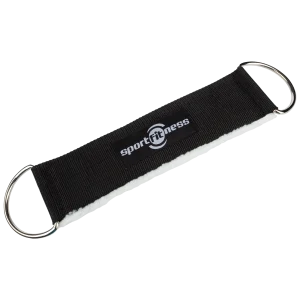Características del Producto
| Peso | 6 kg |
|---|---|
| Dimensiones | 124 × 4 × 4 cm |
$136.652 Original price was: $136.652.$109.321Current price is: $109.321. IVA
Producto de excelente calidad. La Adaptación polea alta semi curva te permitirá trabajar de manera más focalizada. Descubre más aquí.
| Peso | 6 kg |
|---|---|
| Dimensiones | 124 × 4 × 4 cm |
La Adaptación polea alta semi curva te permitirá trabajar de manera más focalizada.
Descripción:
ADAPTACION POLEA ALTA SEMI CURVA TIENDA OFICIAL SPORT FITNESS – Referencia del producto: 071125. Productos de excelente calidad.




Debes acceder para publicar una reseña.


Calificación
No hay Calificación aún.